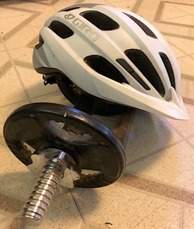 With another drought plagued, fire prone, and unseasonably warm trout season headed our way, it’s time to jettison the fly tying gear and double down on weight lifting and increasing the morning bike ride.
With another drought plagued, fire prone, and unseasonably warm trout season headed our way, it’s time to jettison the fly tying gear and double down on weight lifting and increasing the morning bike ride.
The hand weights and sudden fitness kick aren’t to sculpt my sagging frame into something attractive to local cheerleaders, rather it’s to mitigate what I know is coming this season; low water and unseasonably dry conditions will force us to fish further from the parking lot.
With California’s snow pack was at 55%, and only a sliver of Winter remaining, it looks grim for the coming season and little increase can be expected from existing levels. Continuing drought ensures that our creeks and waterways will be scrawny – and pools that would have supported a couple of anglers for a couple of minutes, will fish a single angler for a handful of casts.
Moving frequently due to the “skinny” water will put additional strain on aging muscles and require us to be in better shape to handle a full day’s fishing.
Lakes and impoundments will act similar. Walking the banks will prove easier as low water offers few obstructions other than accumulations of driftwood and plastic water bottles, but what was shallow last year will be dirt this year, and we’ll be forced downslope to find the water’s edge. That means climbing upslope on the return and having to negotiate all that loose cobble enroute to the parking lot.
Those of us unfortunates that will be lugging a 105 pound kayak, will have to drag the Beast an additional 100 yards to get to the water, and on the return, will have to pull it upslope to get the boat back to the truck. Wheel assemblies make this easier, but the uphill slope and uncertain footing will make boat recovery much more arduous than negotiating a paved launch area.
… hence the emphasis on increasing the legwork and overall tone needed for our preseason workout.
Each of the last couple of years have proved devastating in terms of fire severity and impacts – and this year will be no different. The back country will likely be under additional restrictions (based on COVID and fire weather) so we should plan on issues associated with feeding, housing, and campfires.
I lost access to my local fisheries for most of the 2020’s summer due to fires and the debris field that followed. 2021 is likely to be a repeat as the ground is parched already and what didn’t burn last year is ripe for a dropped cigarette butt or lightning strike.
The Pandemic also resulted in a questionable boon to Fish & Game as an 11% additional folks bought or renewed their fishing license this year. Frequent lockdowns and being stuck at home means outdoor activities are the only approved flavor of social interaction. We may see a small uptick in traffic to the Piney Woods as a result. Restaurant occupancy and motel / campground availability may also influence by demand, so it’s appropriate to factor into your trip a few additional bodies attempting to get fed and housed.
These pesky COVID variants offer the remaining wild card in the outdoor mix. Should their increased virulence cause an uptick in the caseload, we may have existing restrictions persist throughout 2021 – despite the boon of vaccinations. Most of California is still bound by the Governor’s Tier Structure, with dining and lodging subject to local county issues, so plan on camping, and washing down that Beef Jerky with a little branch water … should accommodations prove to be in short supply.

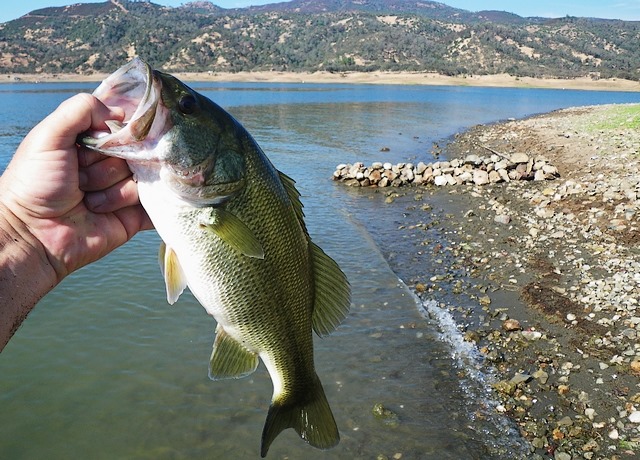
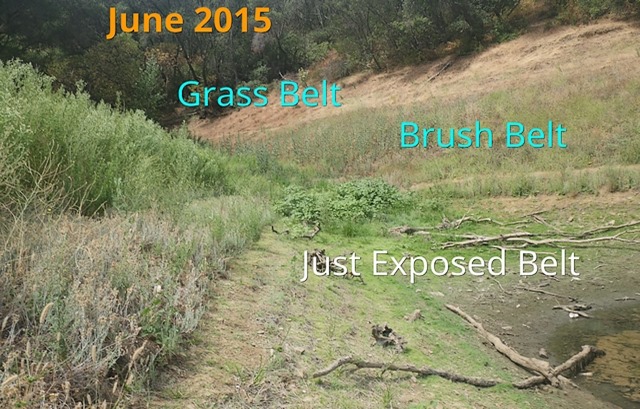
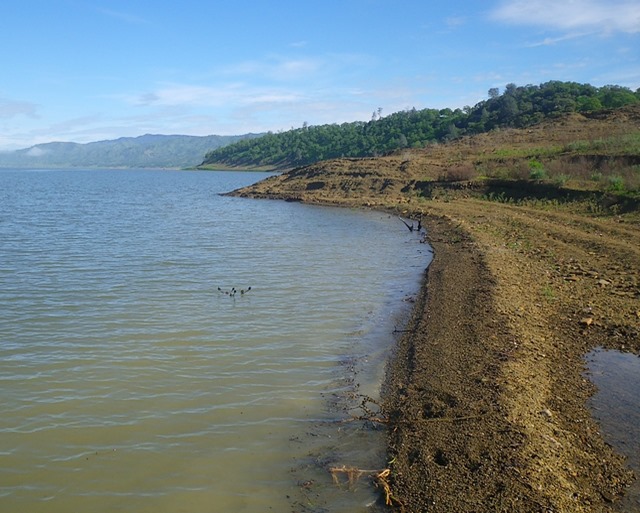
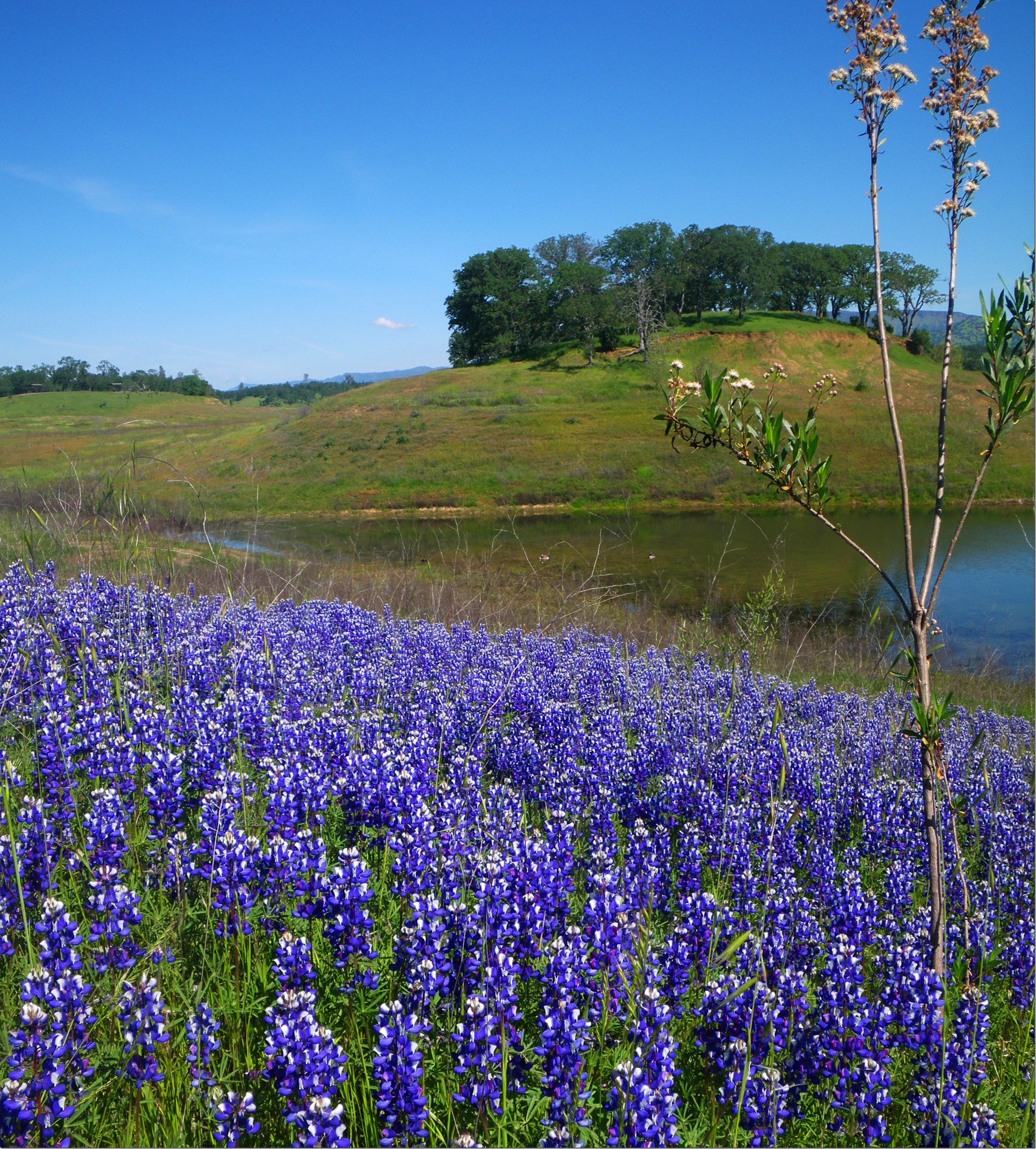
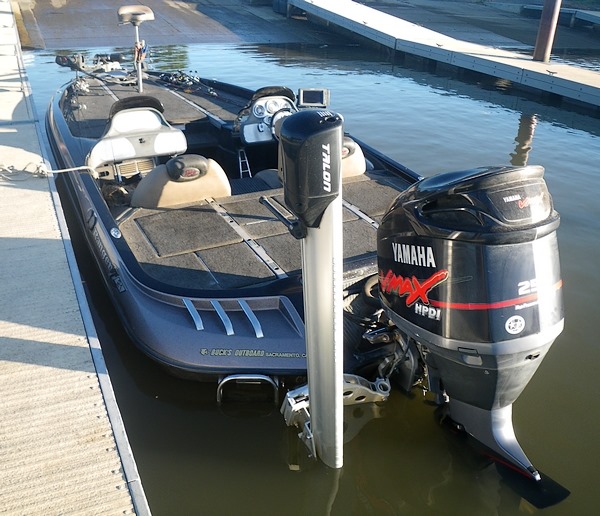
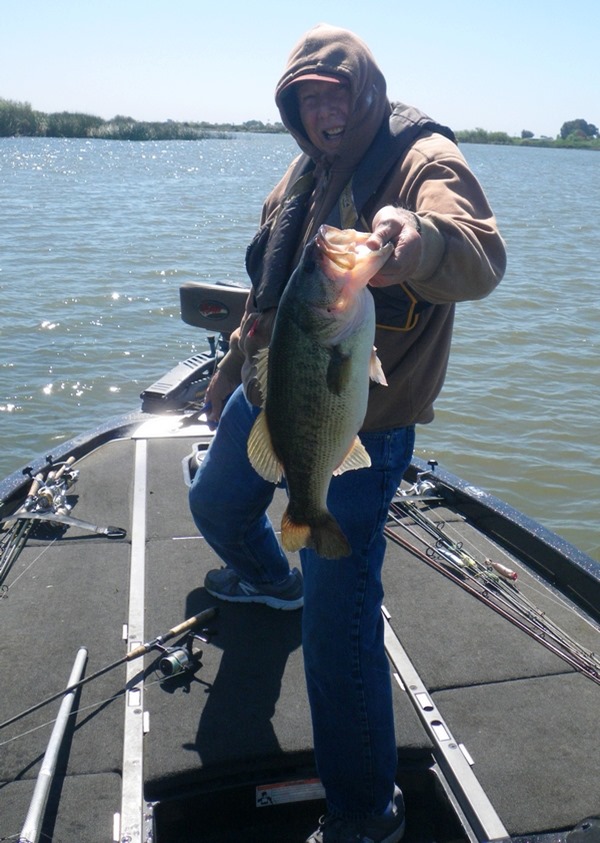
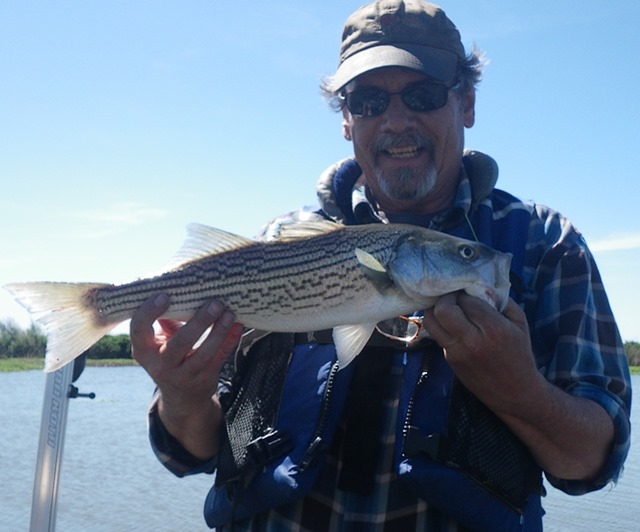
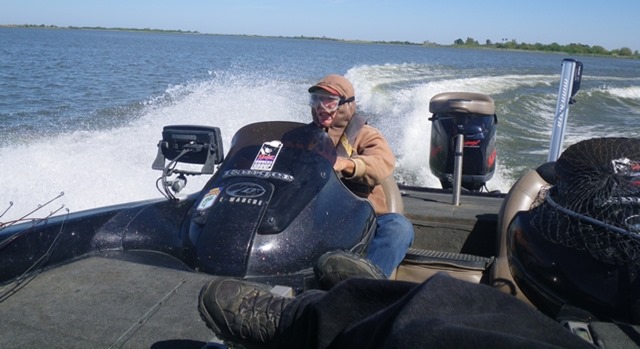
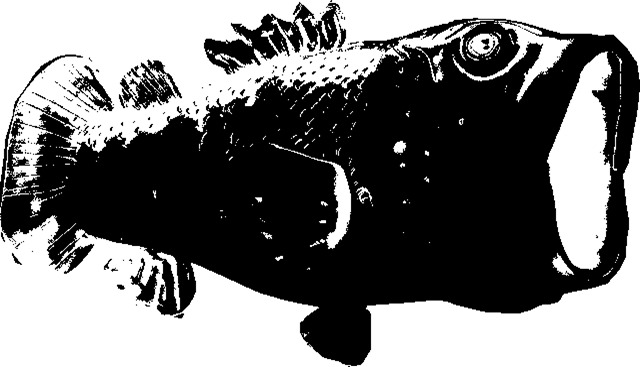
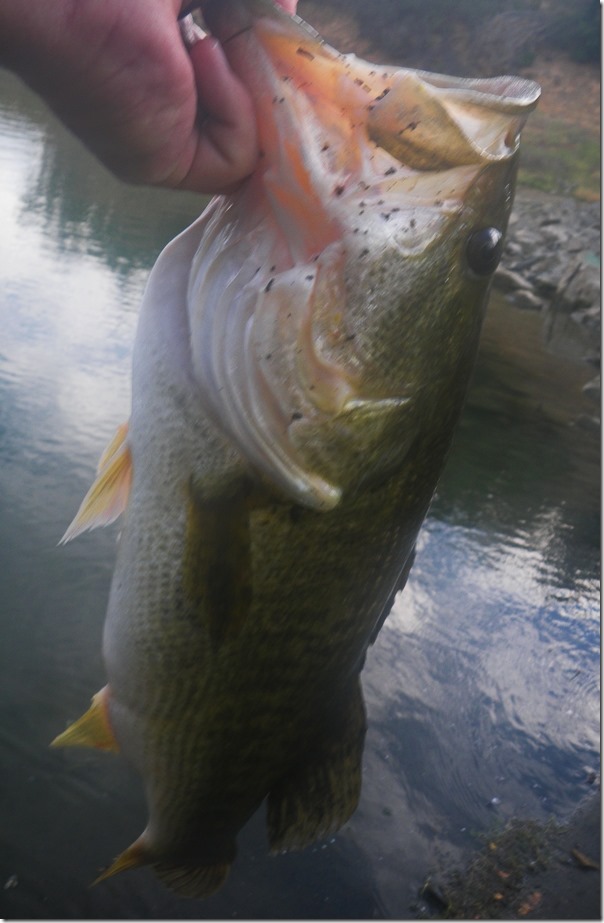
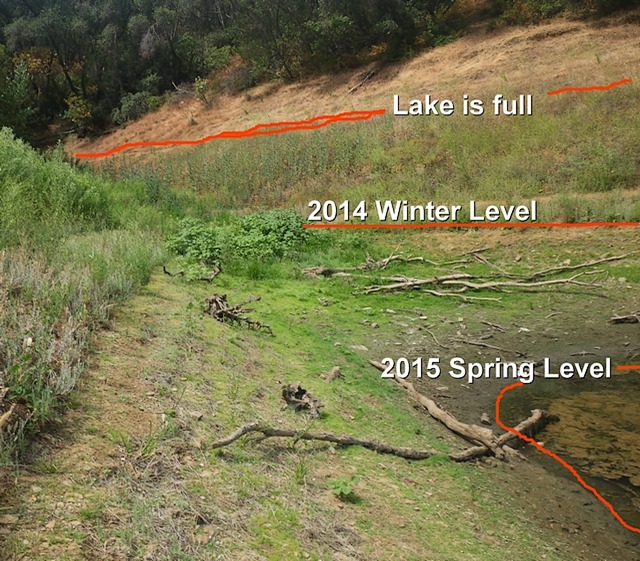
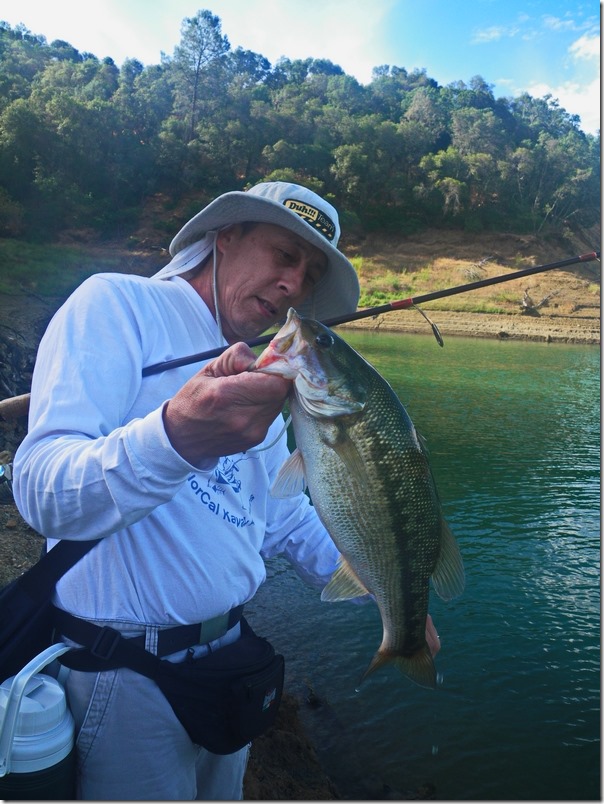
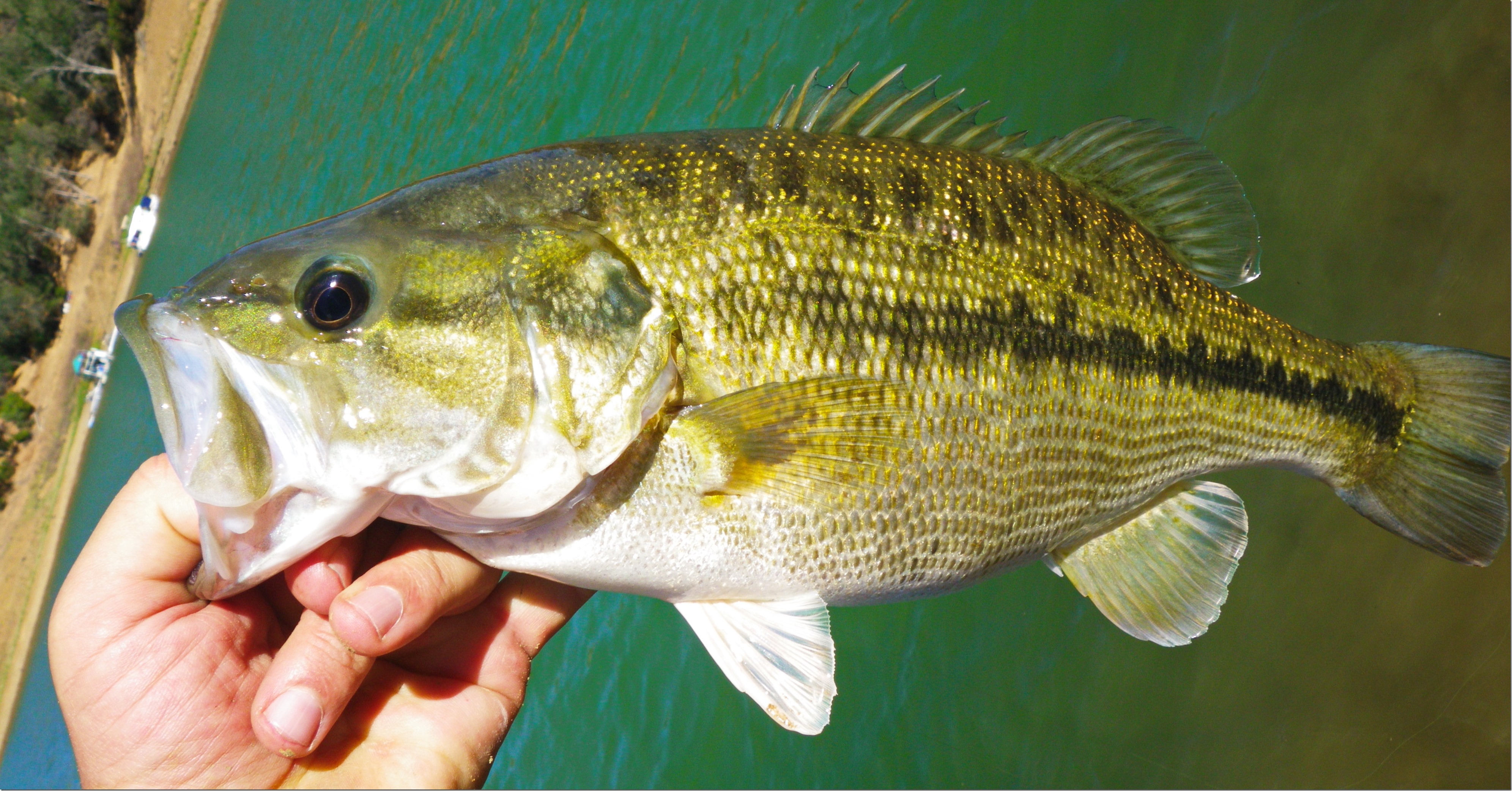
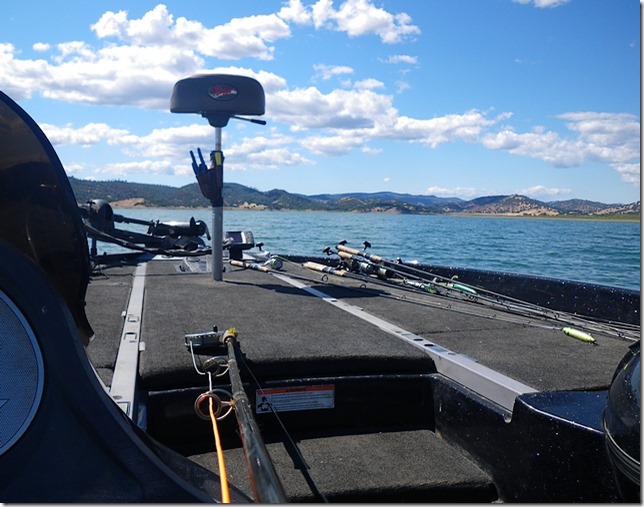
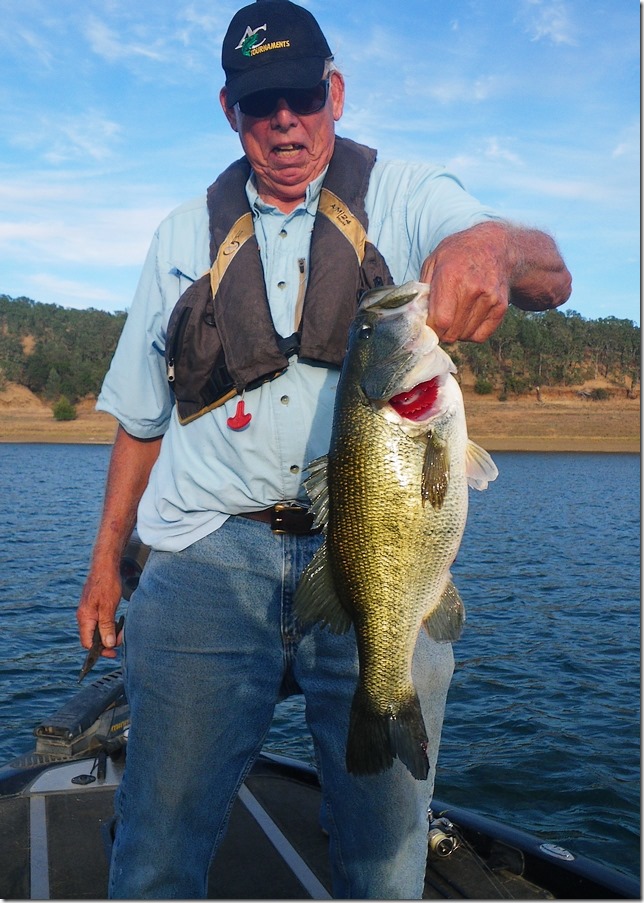
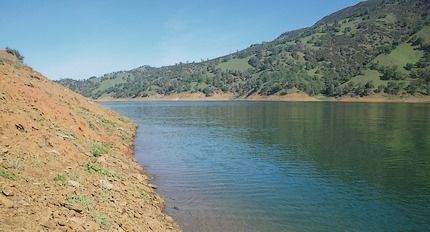
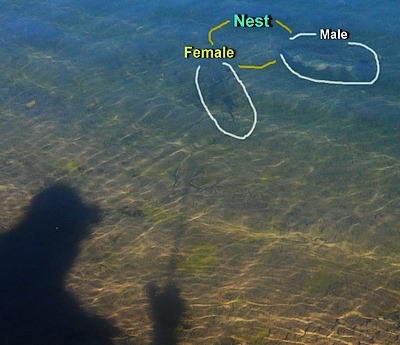
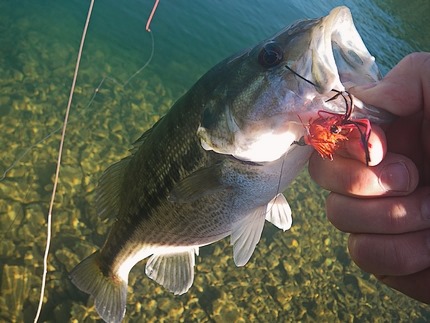
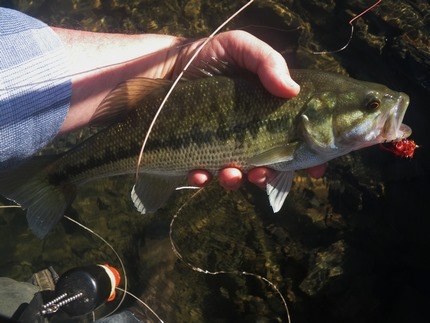
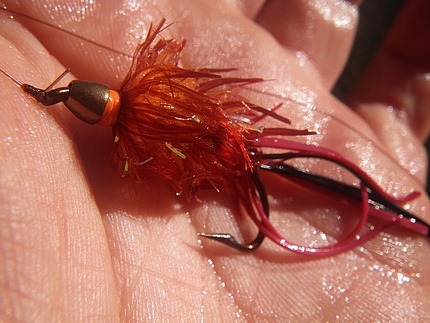
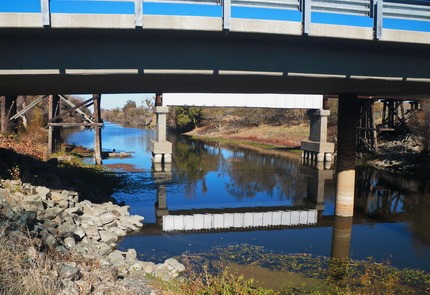
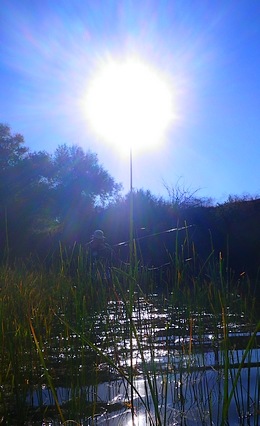 I’ve wondered whether the root issue with us native Californians, why we appear odd, unhinged, or off kilter to the rest of the Lower 48, is us having to endure a calendar year without seasons.
I’ve wondered whether the root issue with us native Californians, why we appear odd, unhinged, or off kilter to the rest of the Lower 48, is us having to endure a calendar year without seasons.